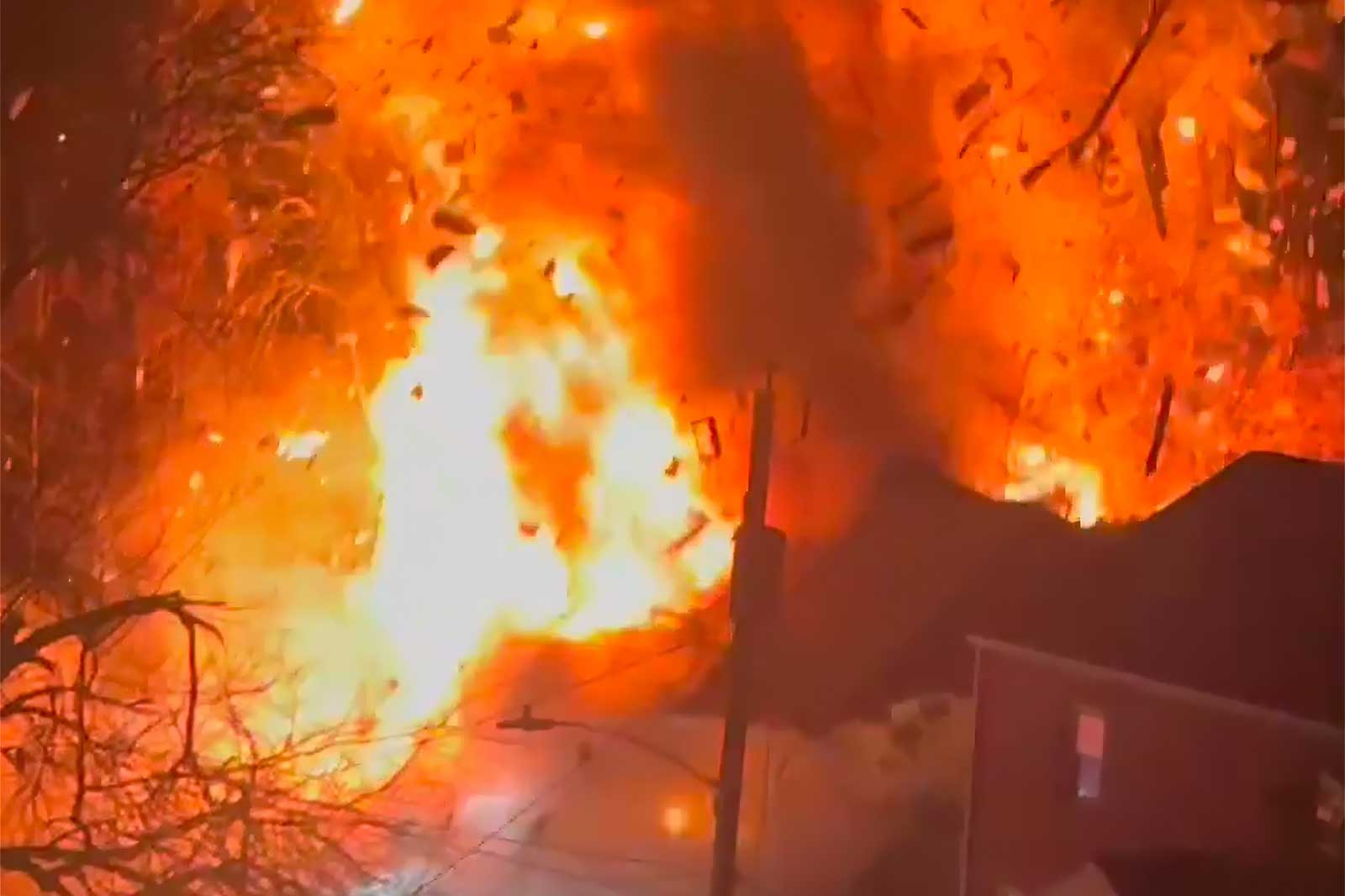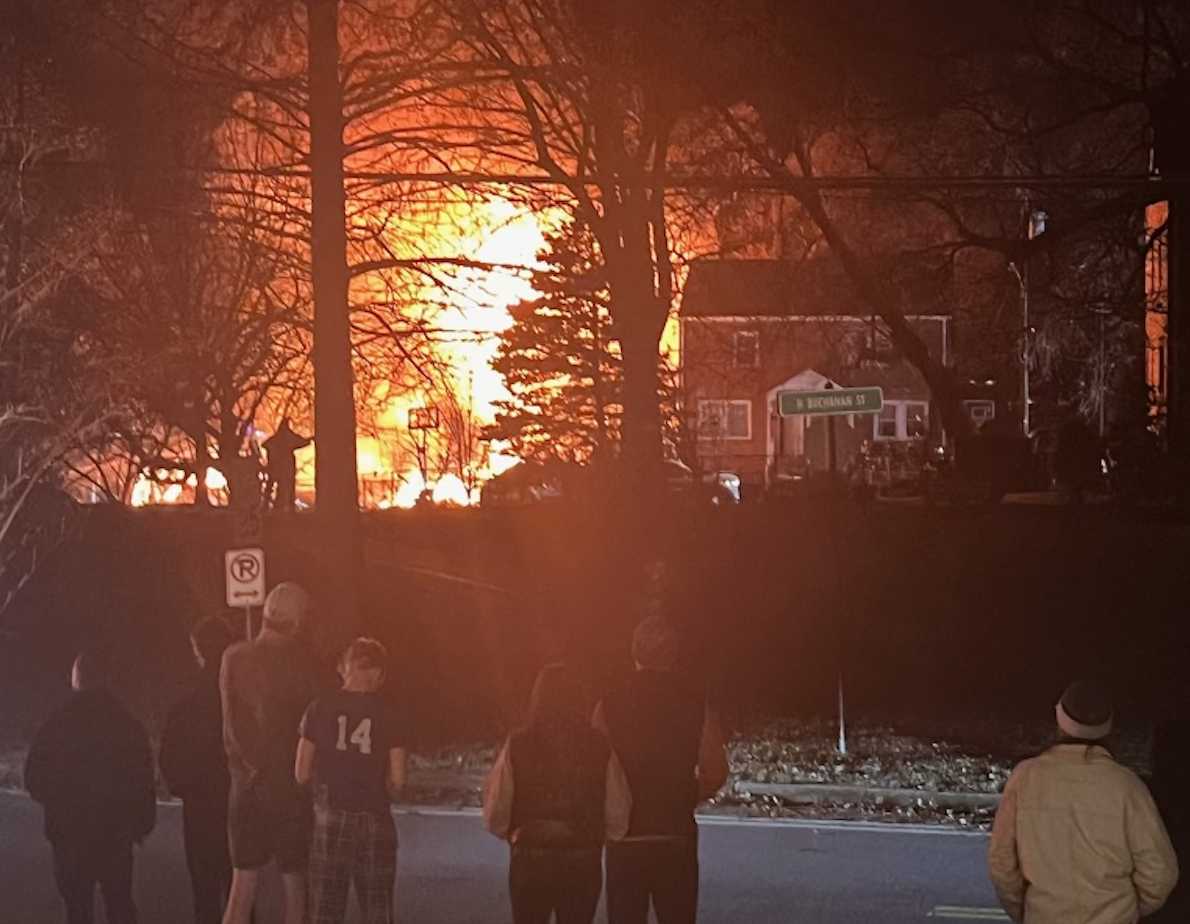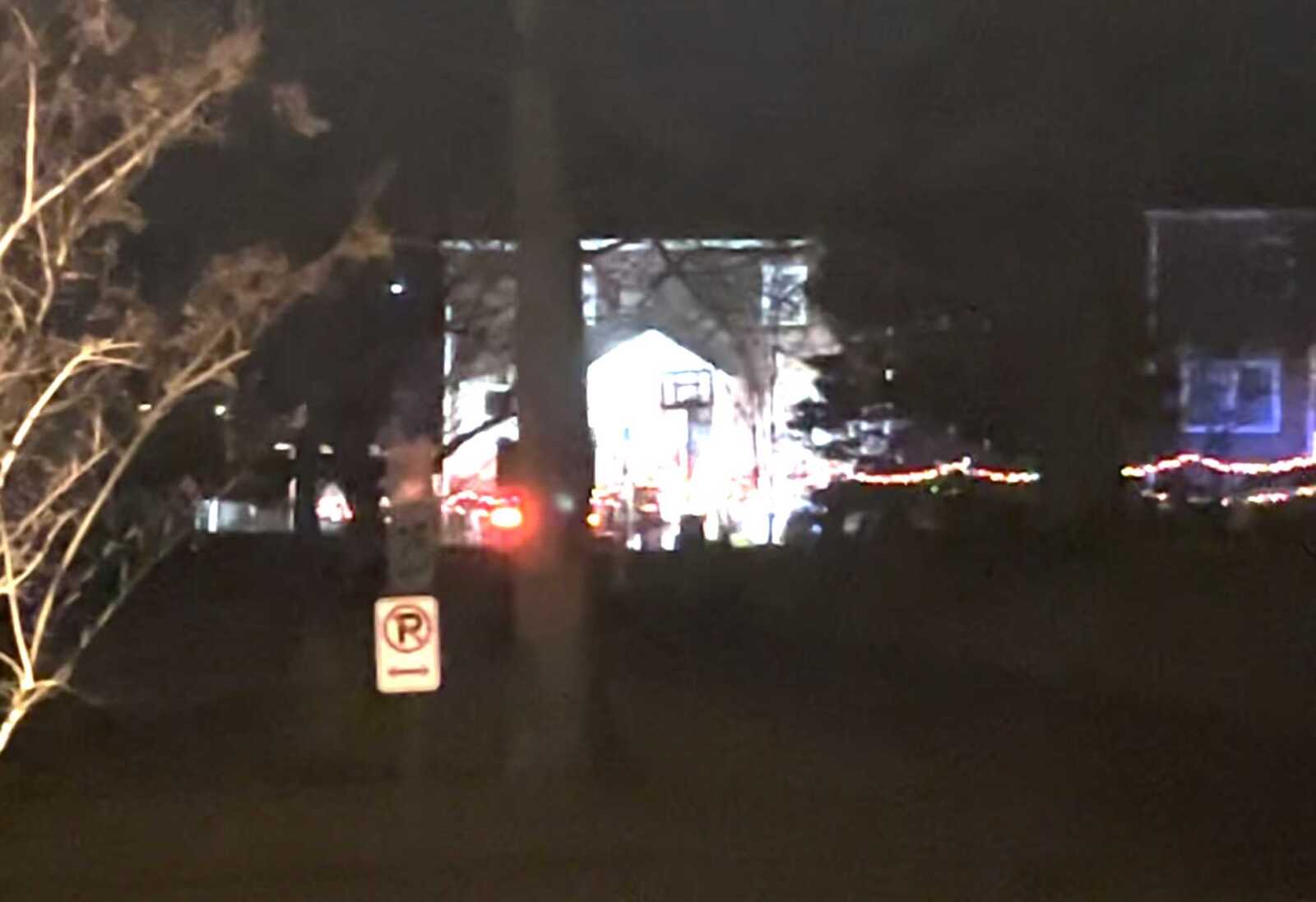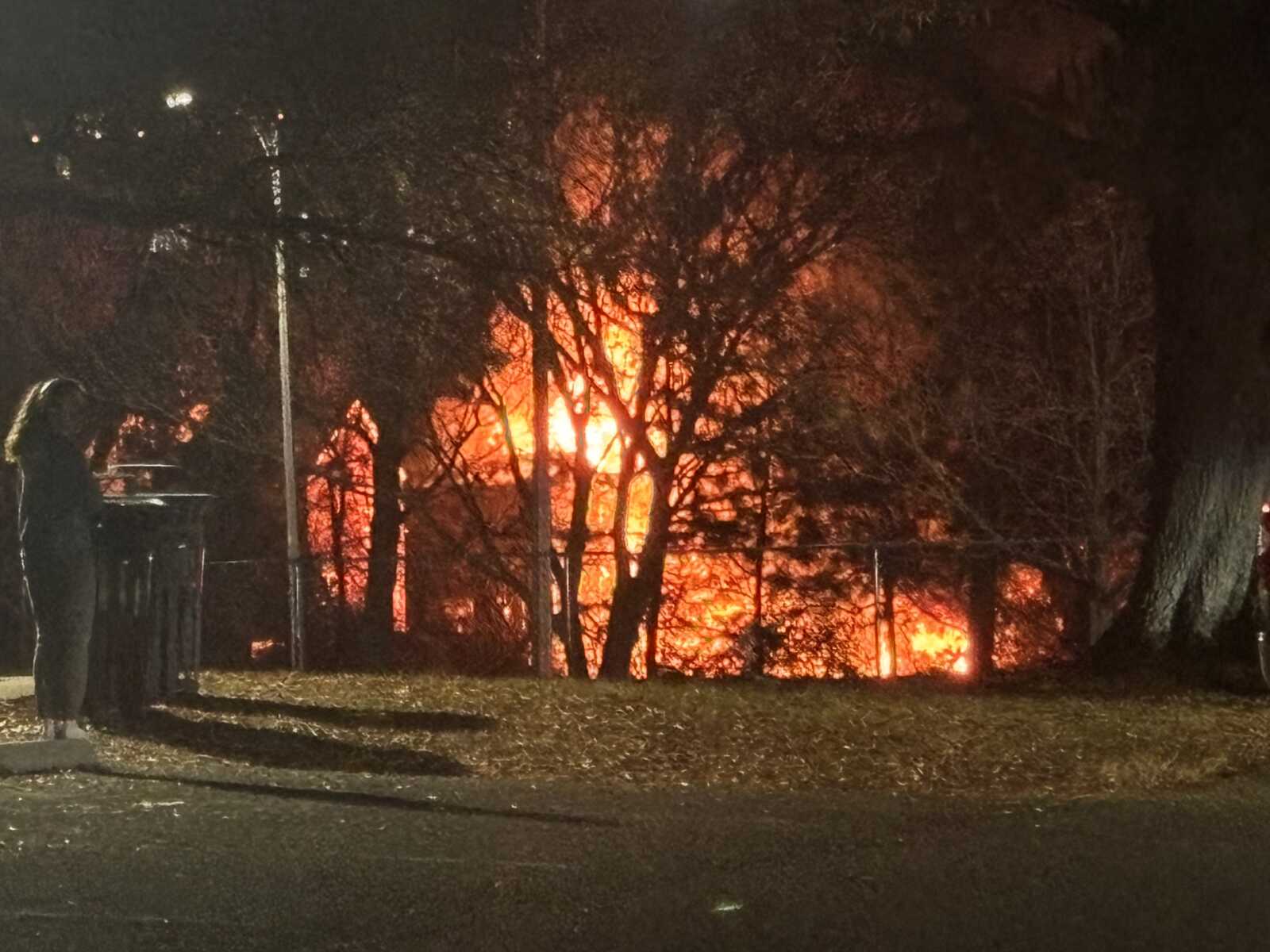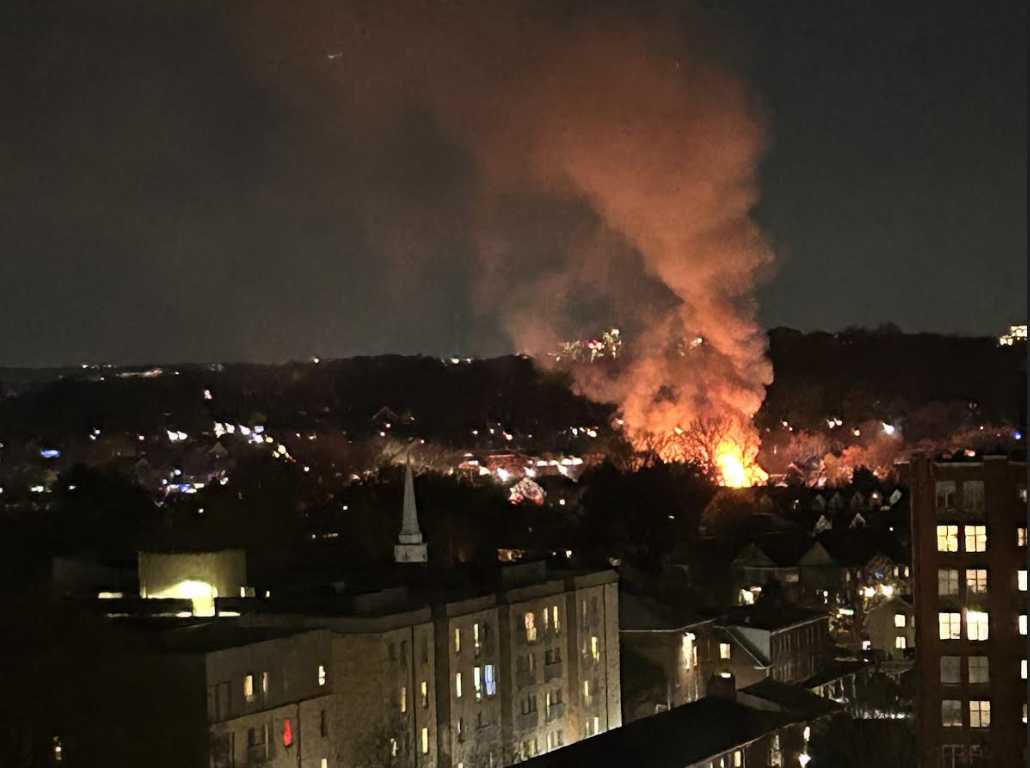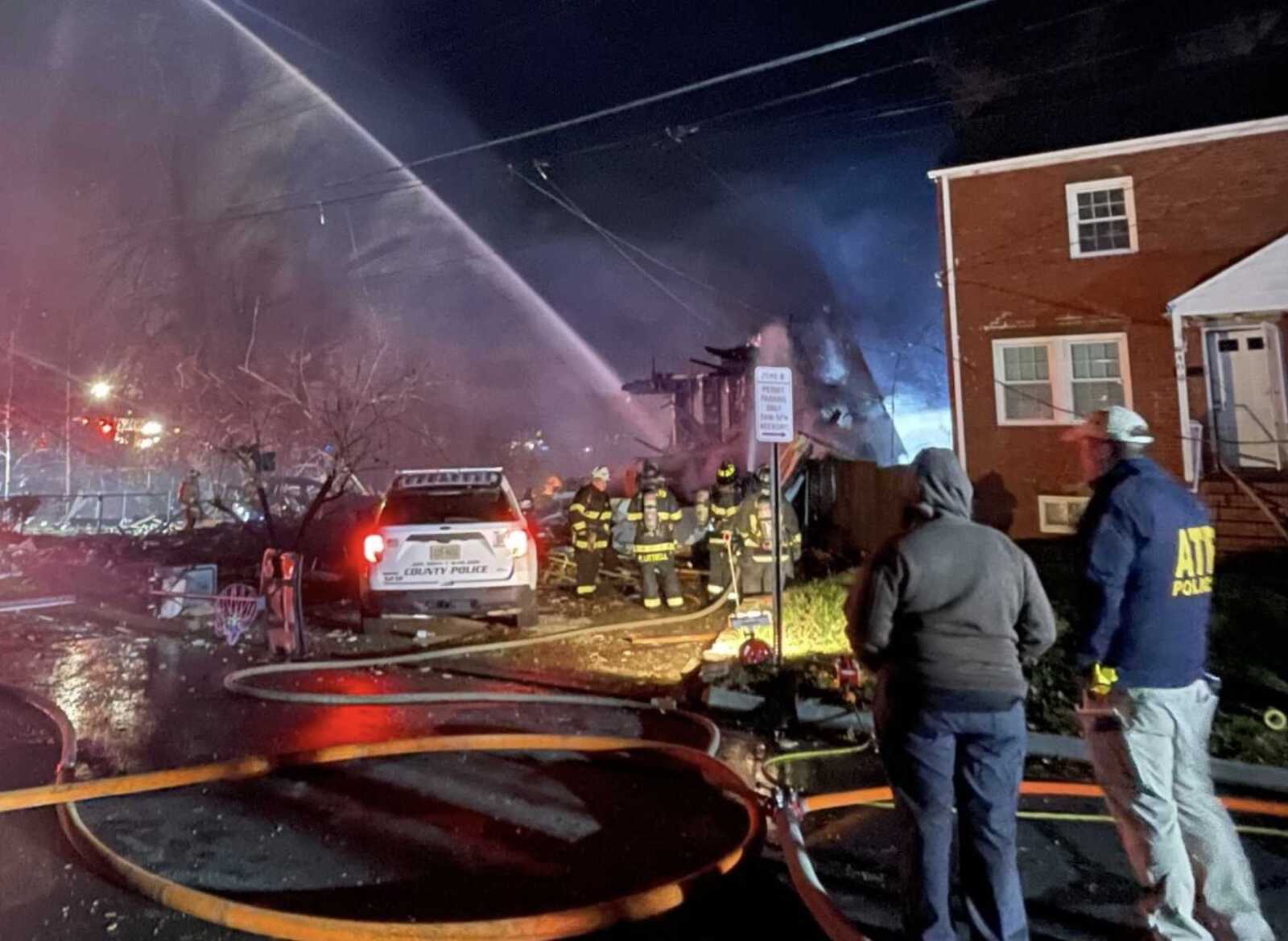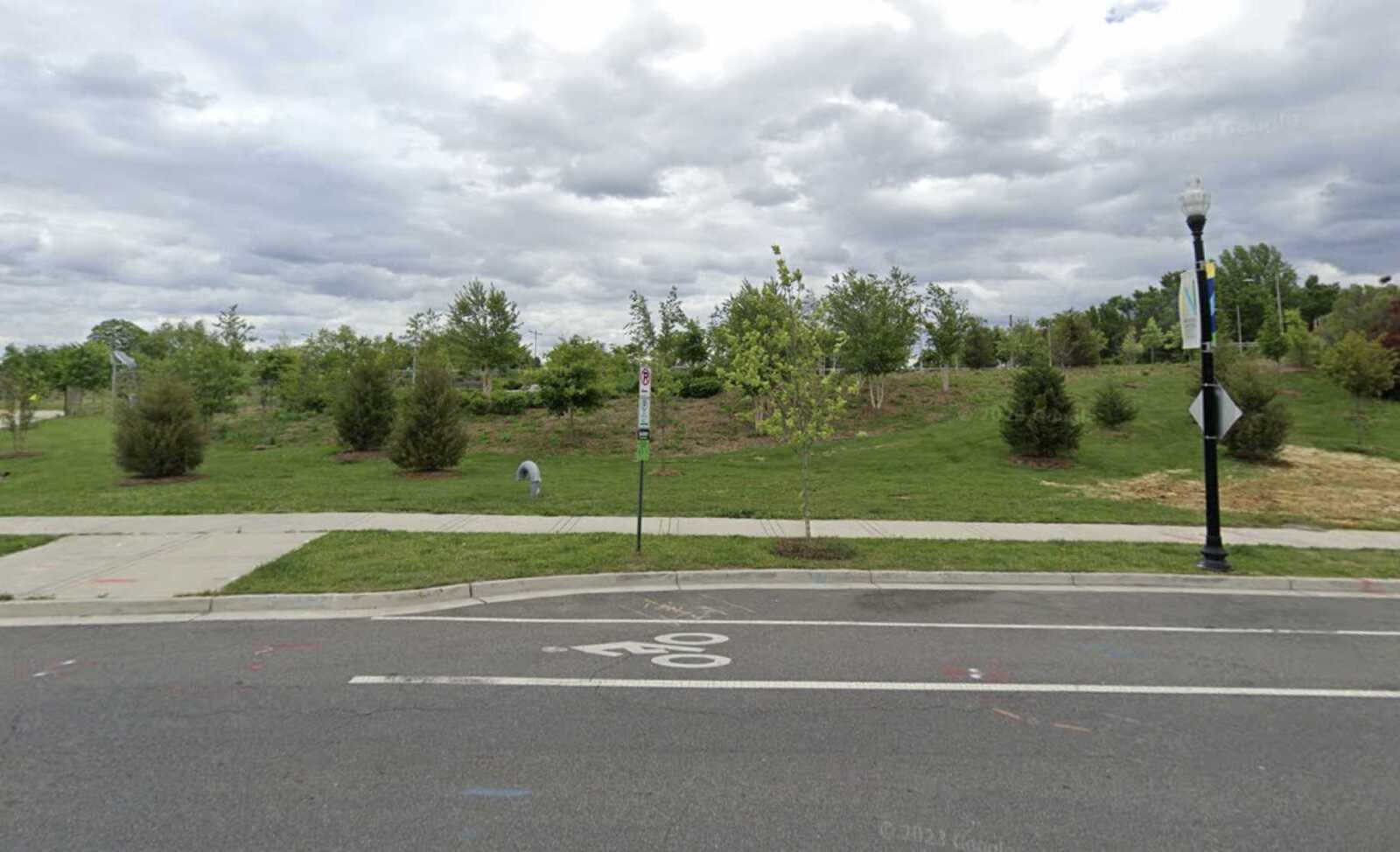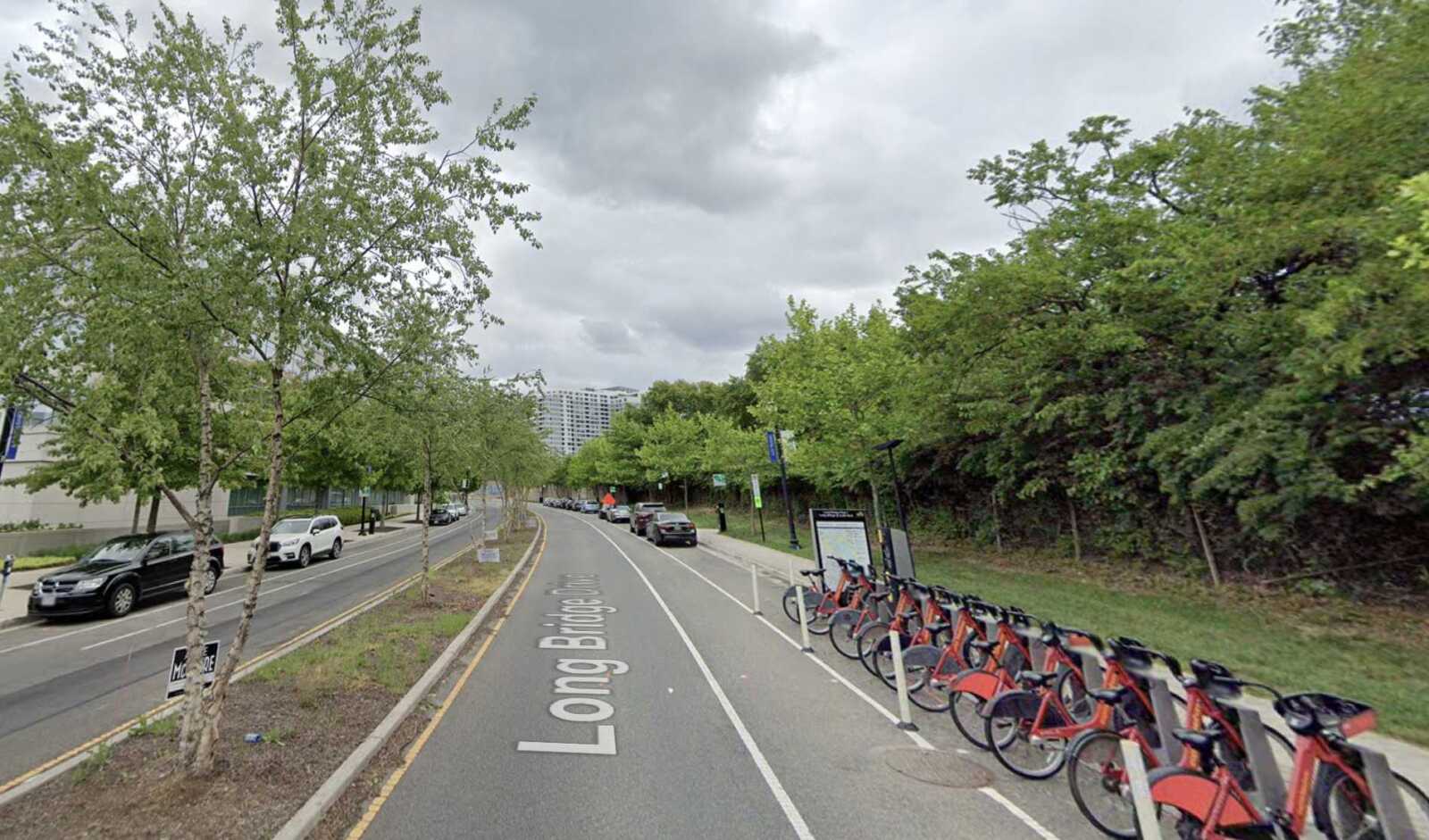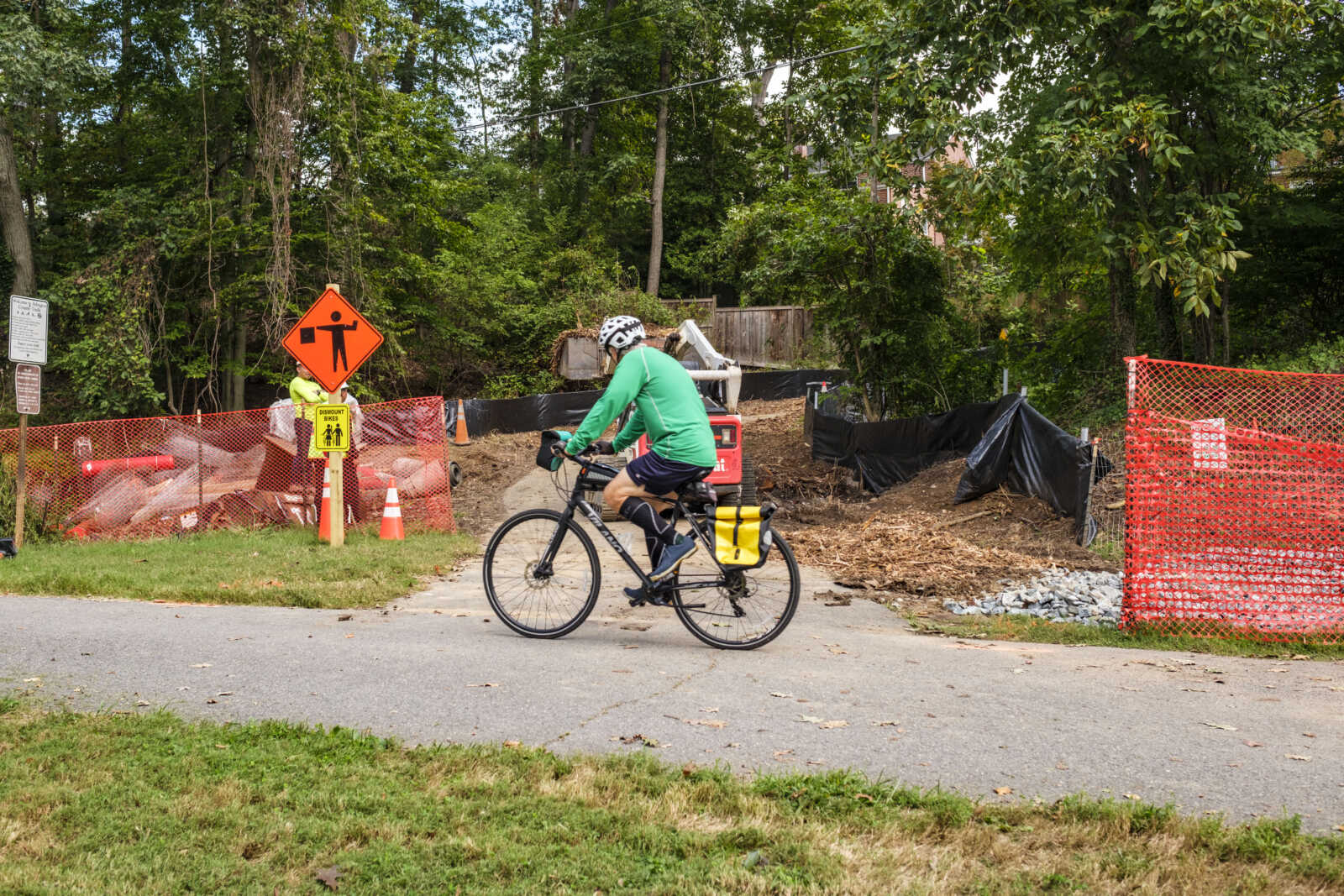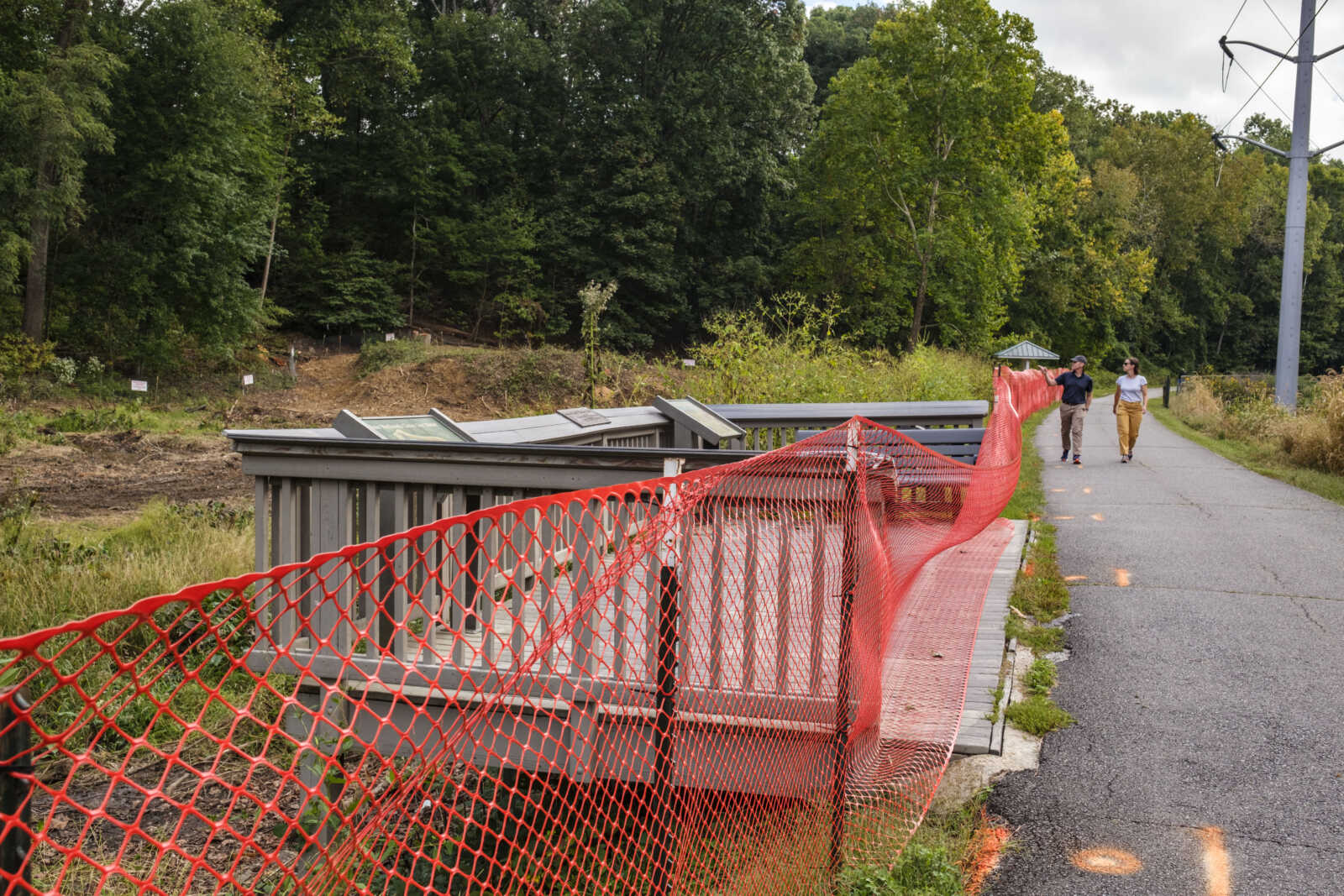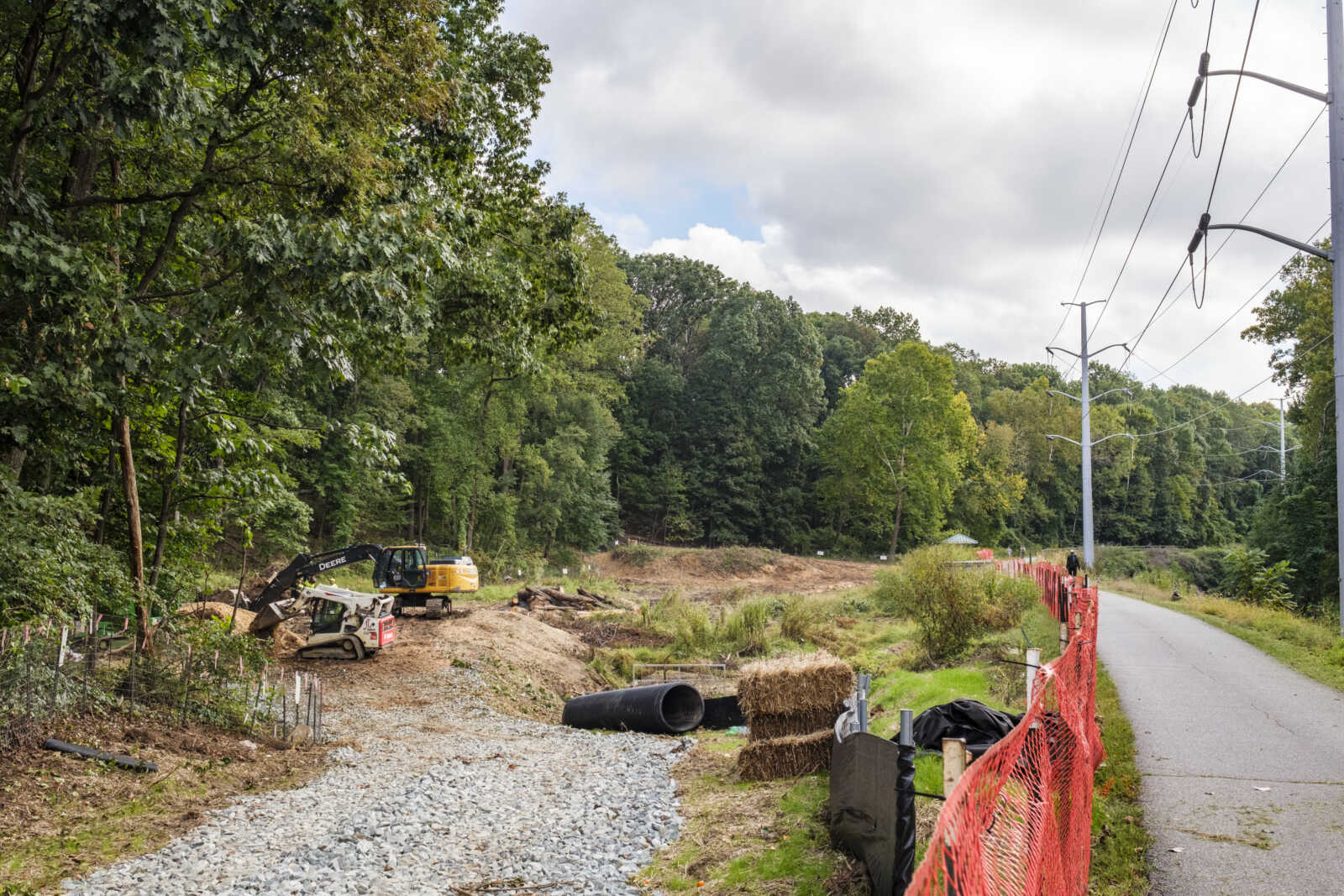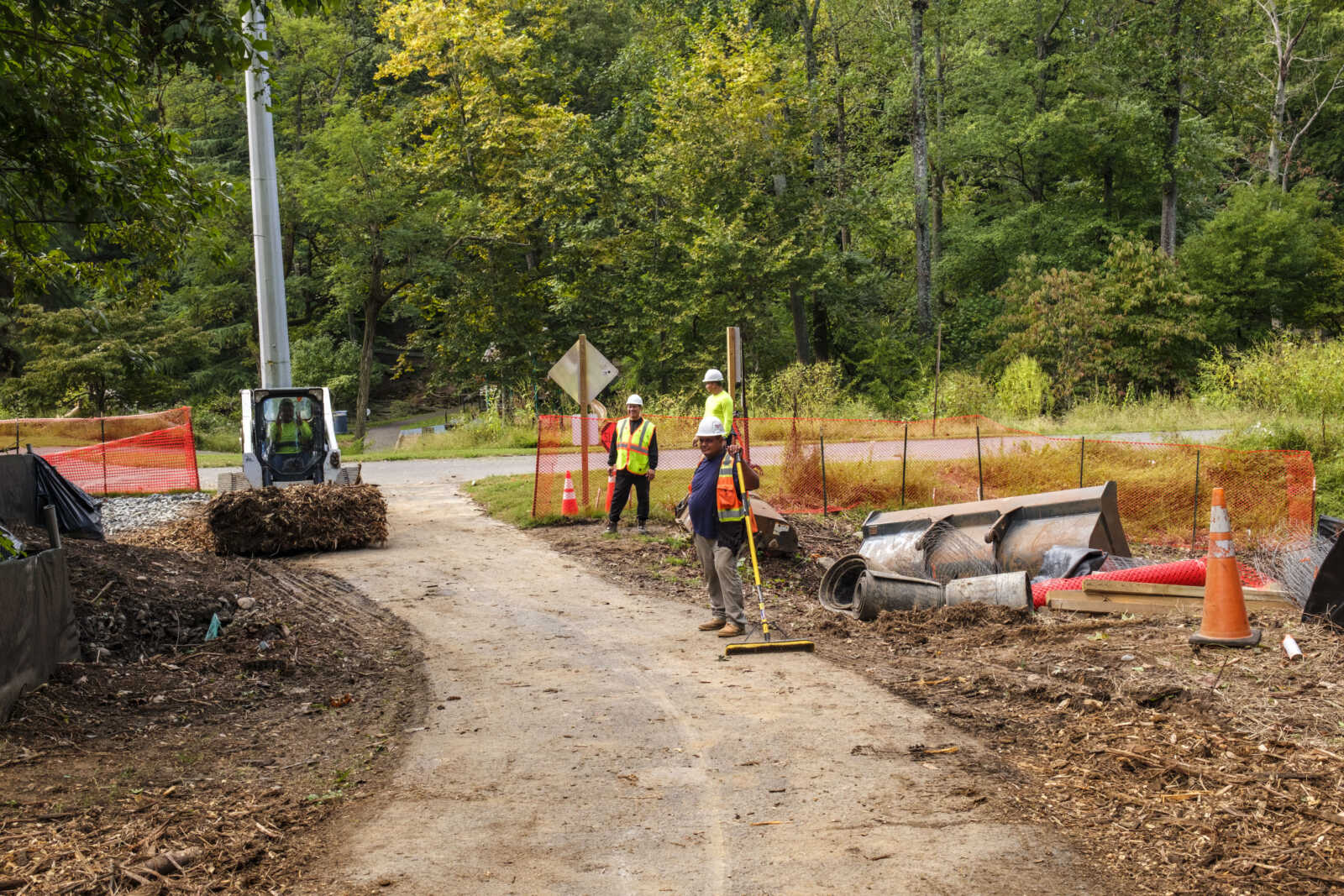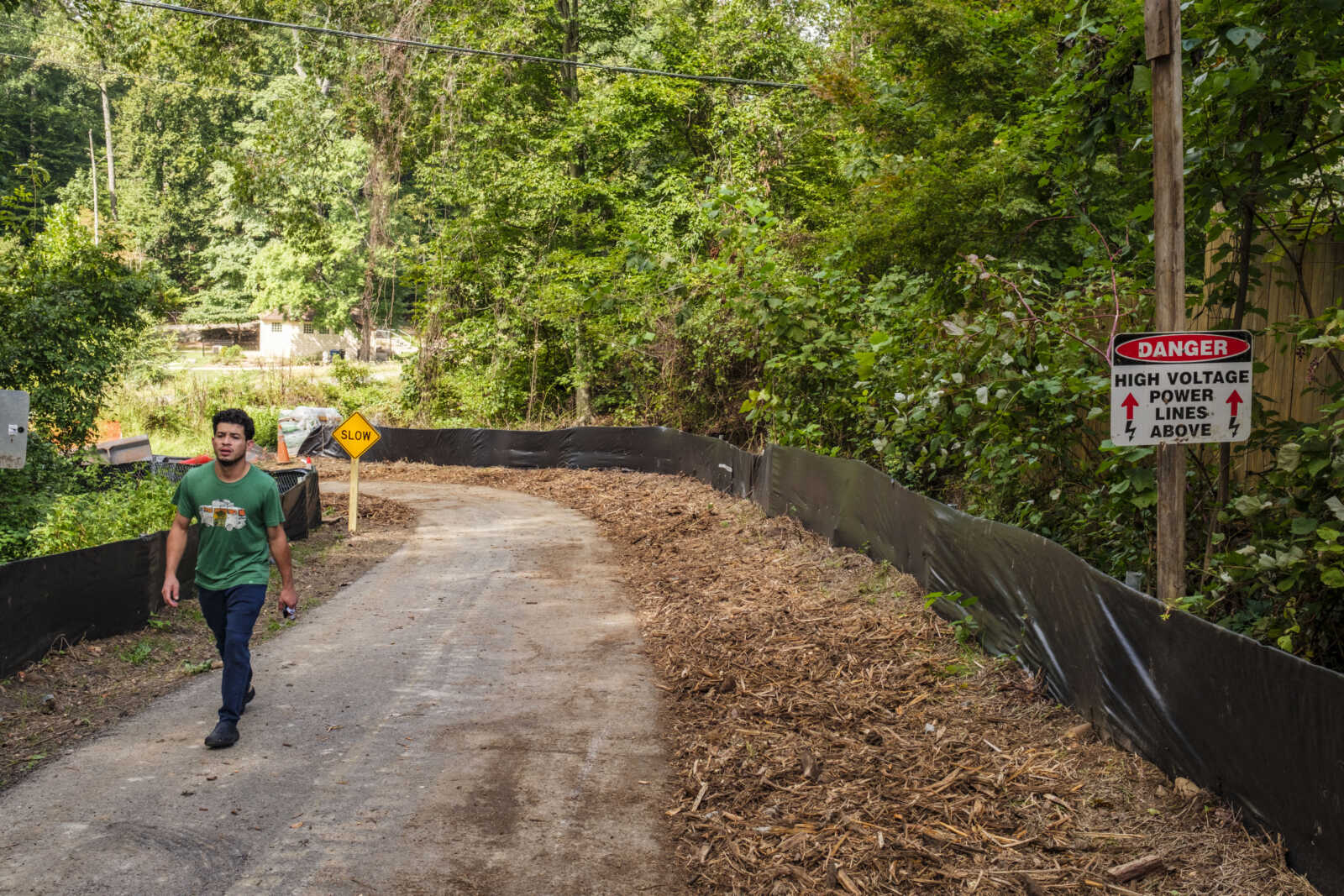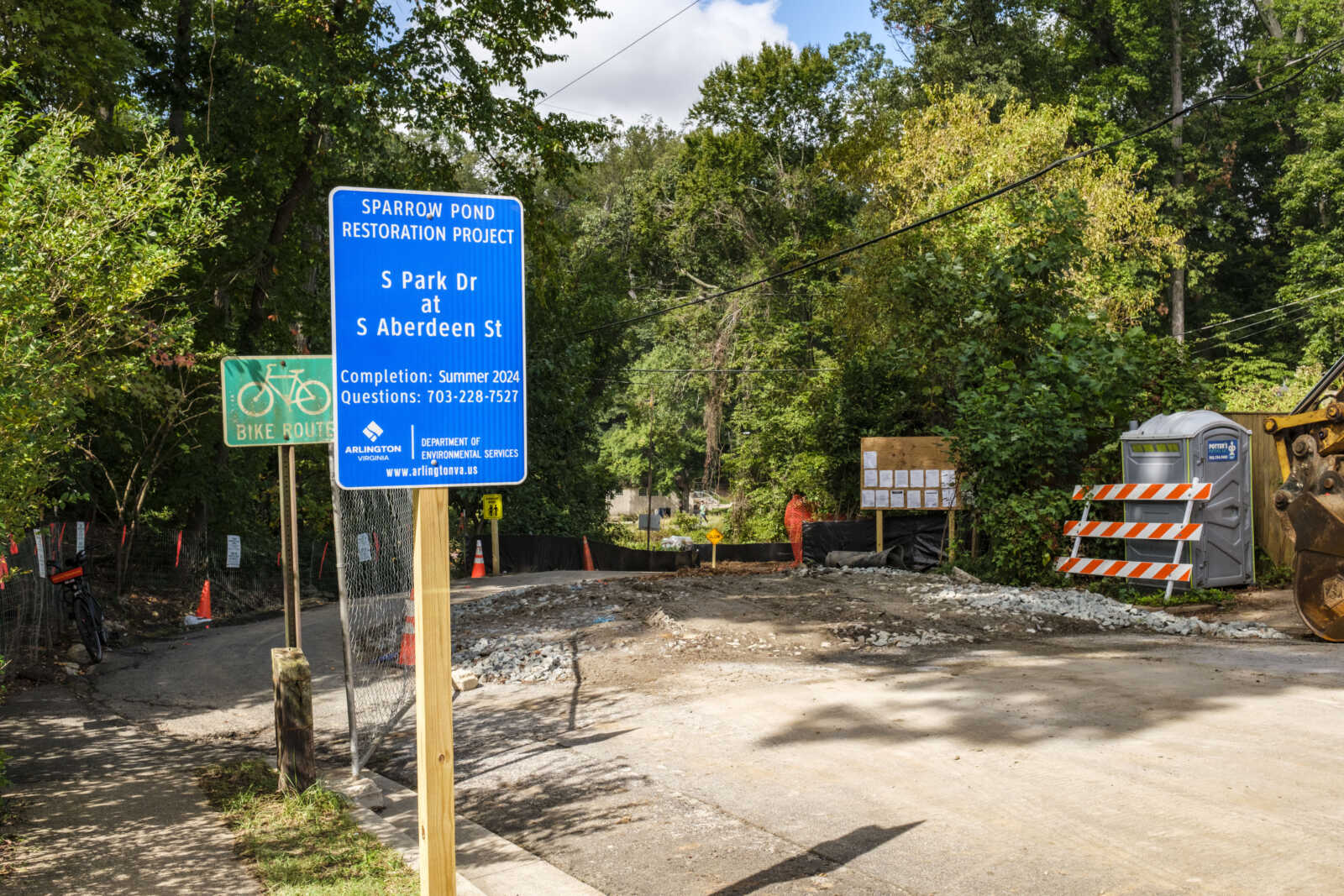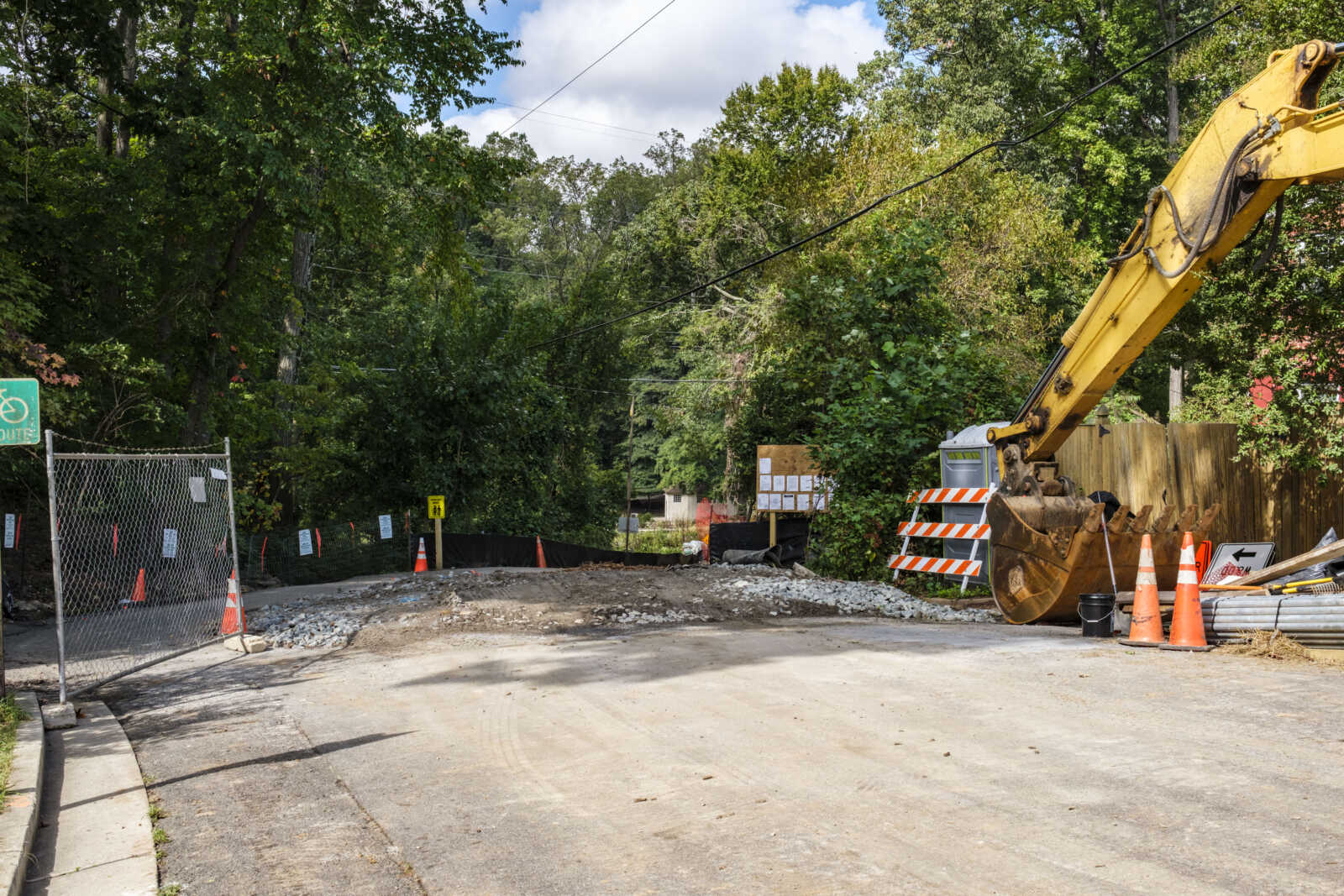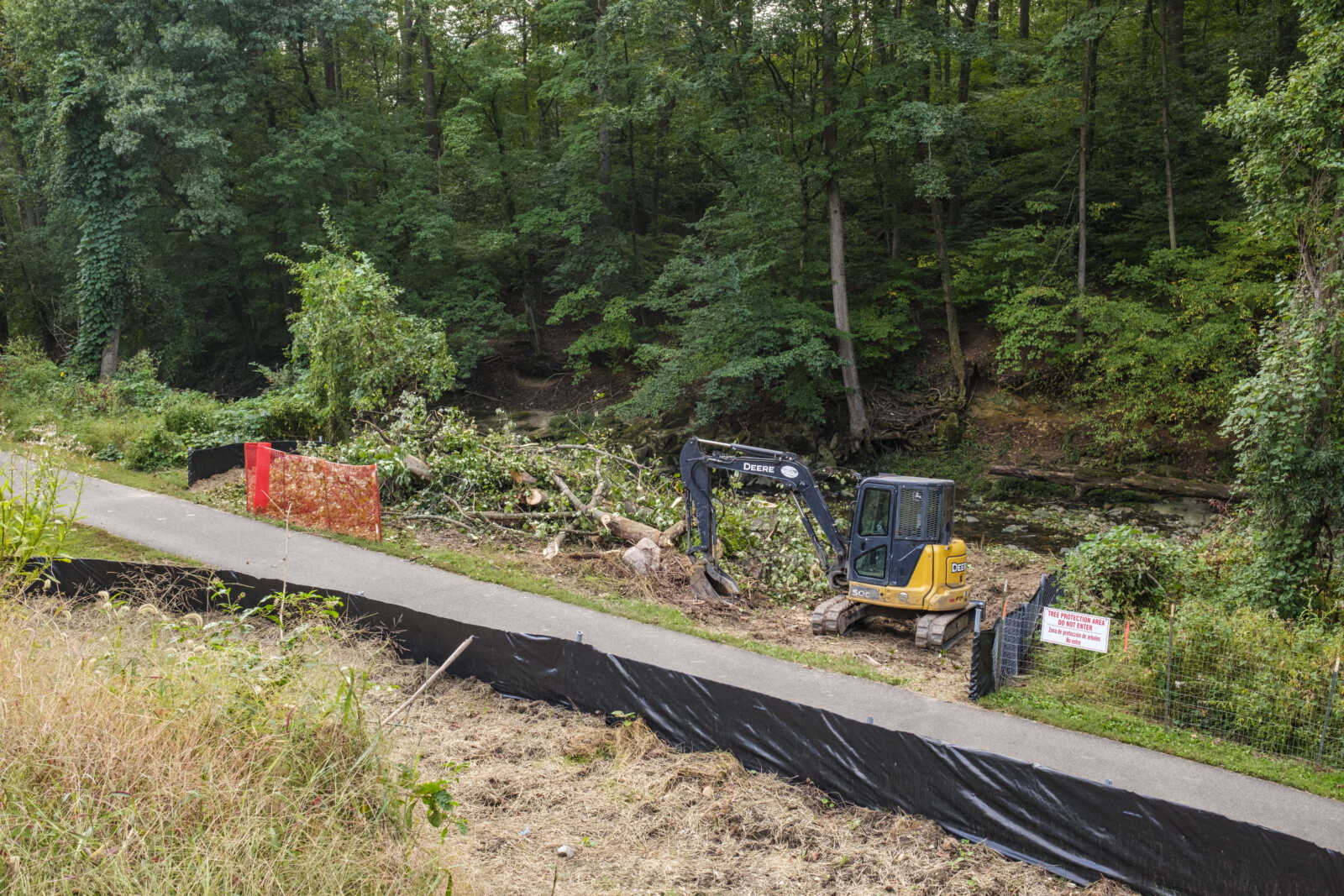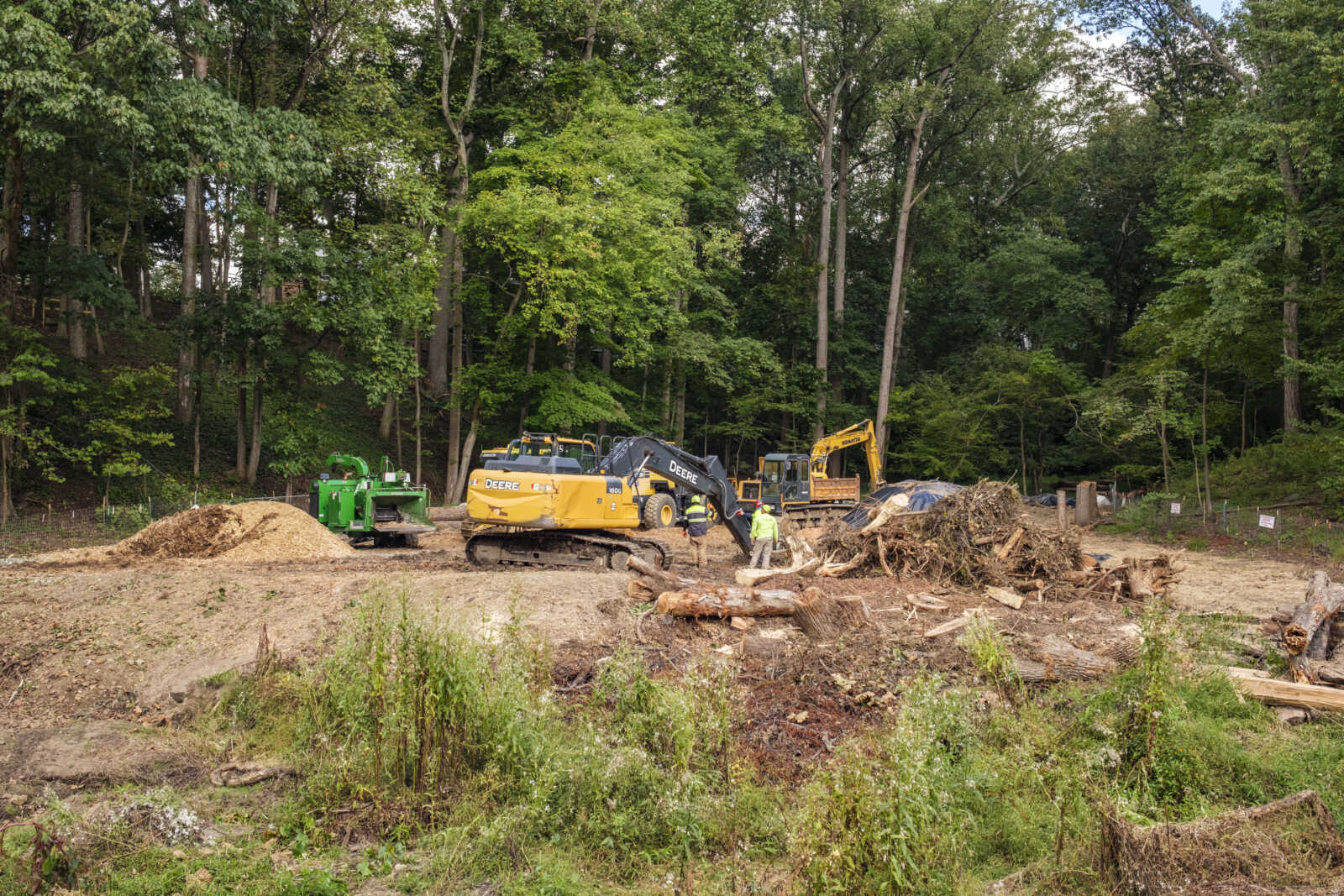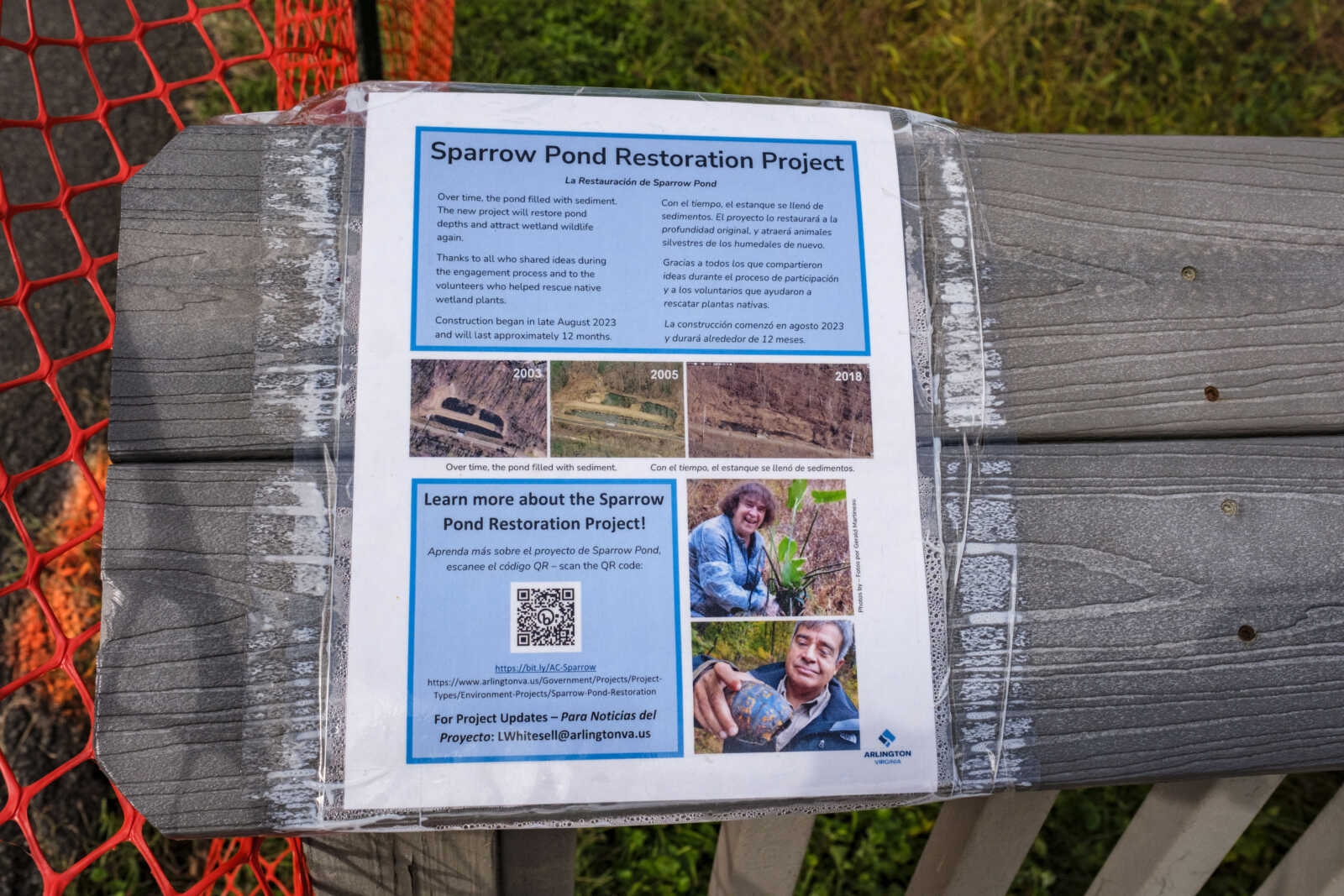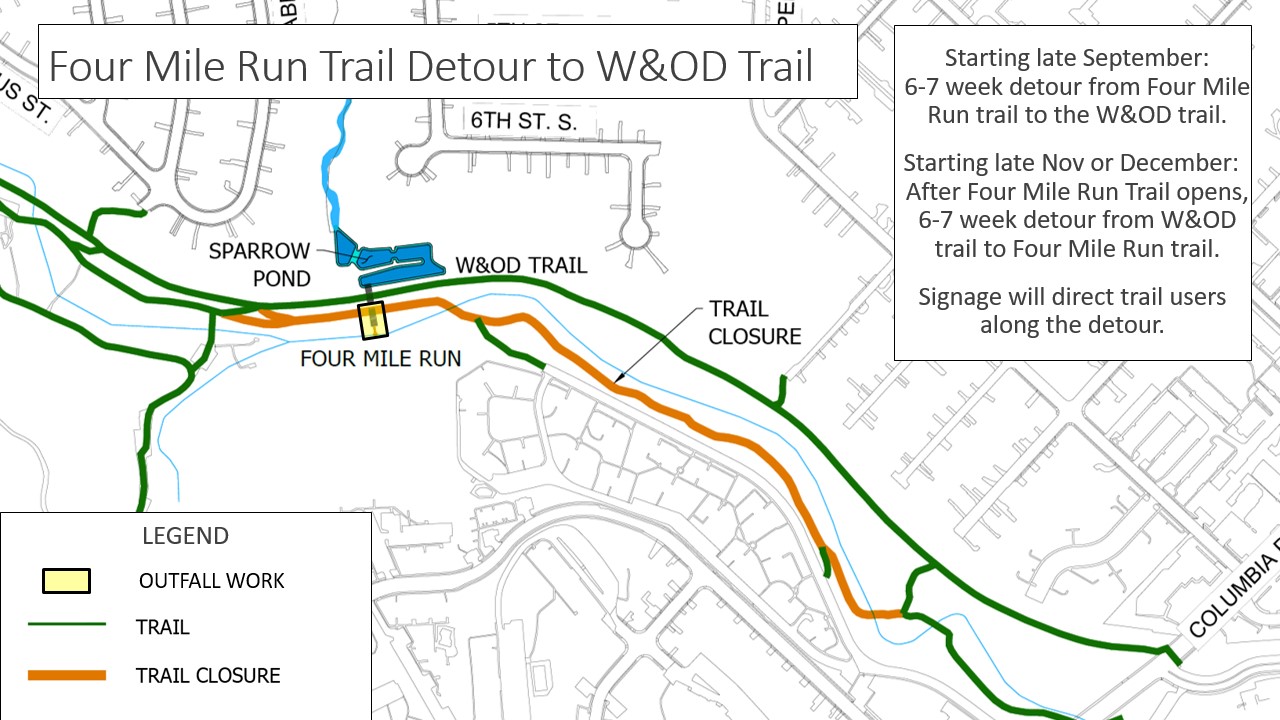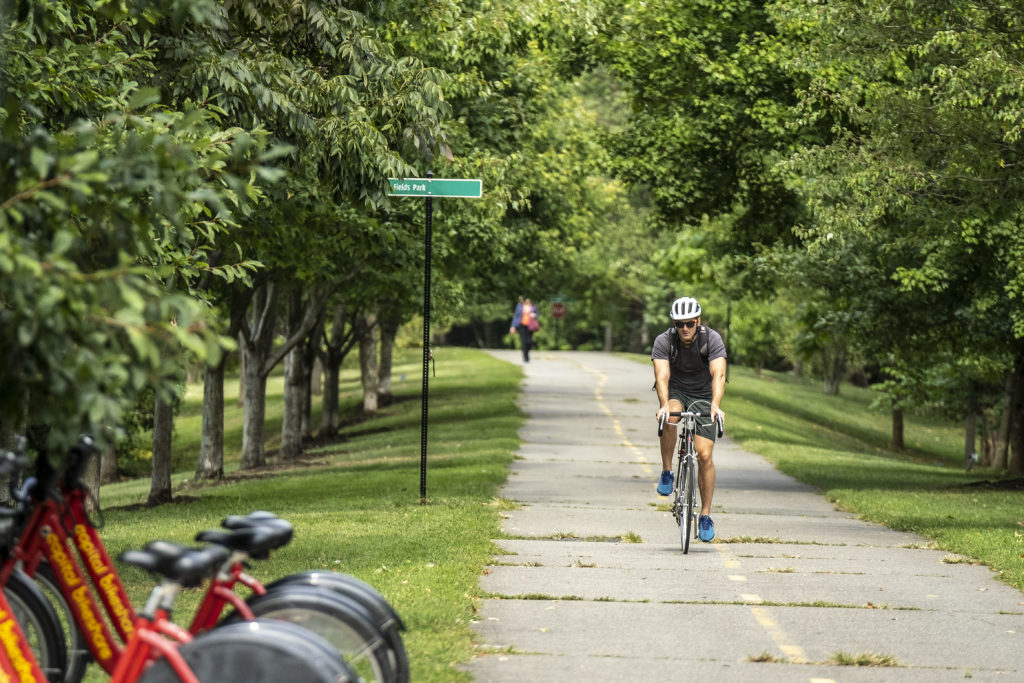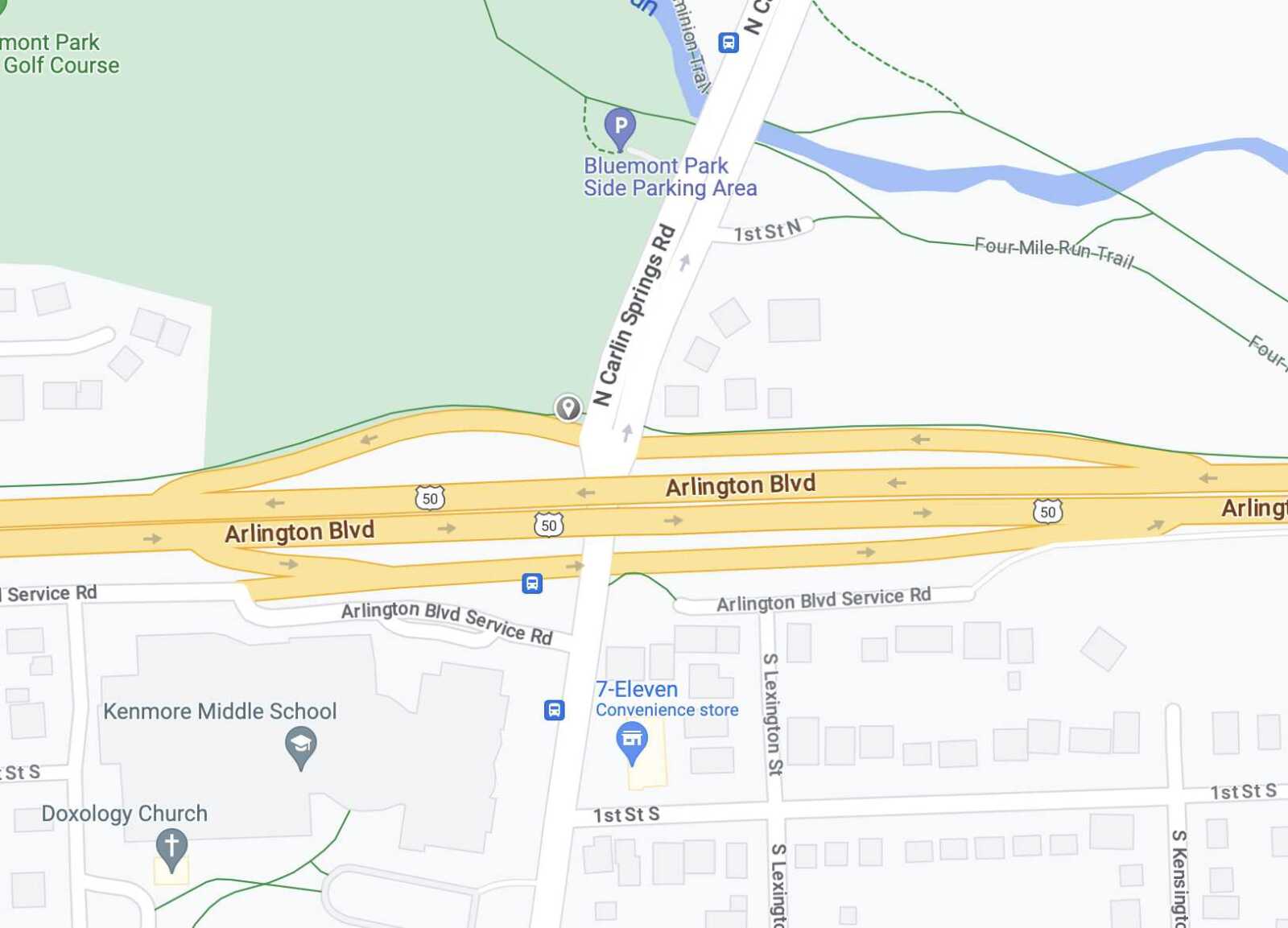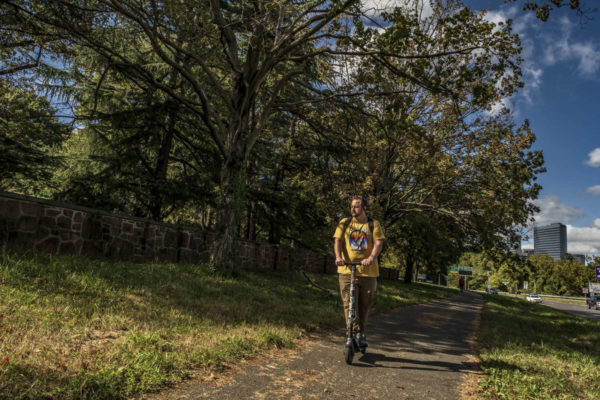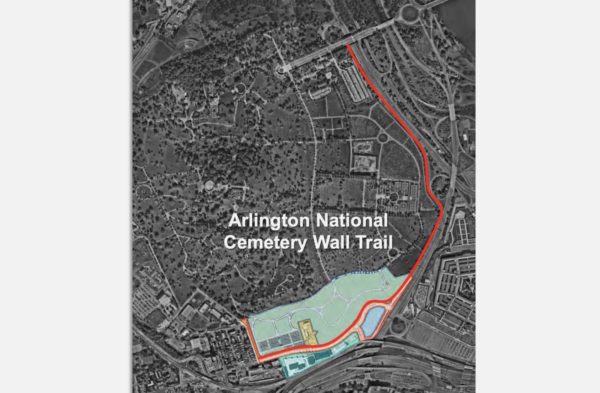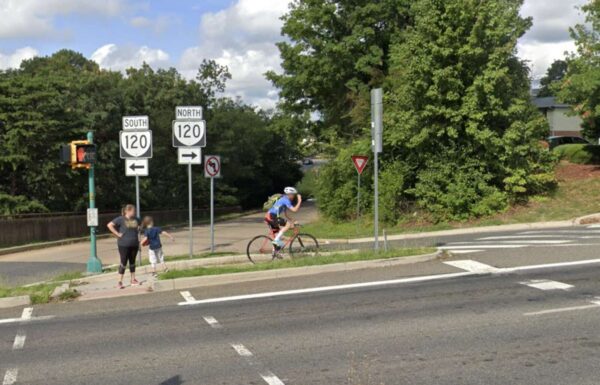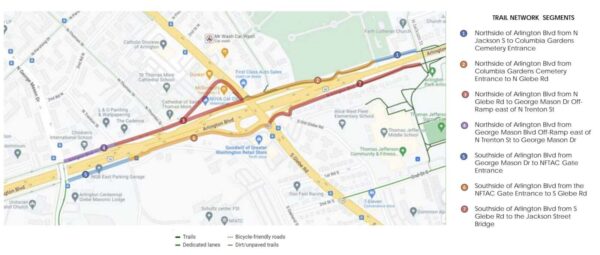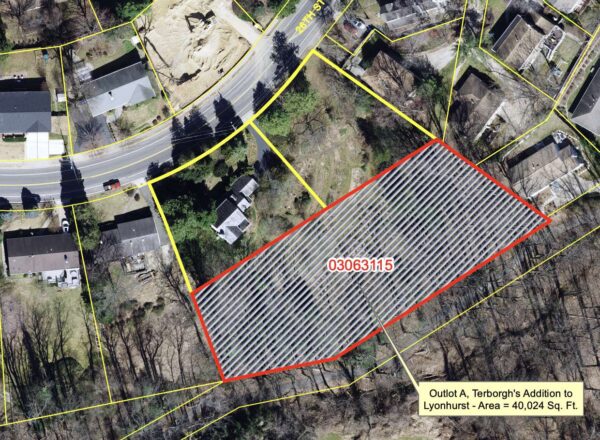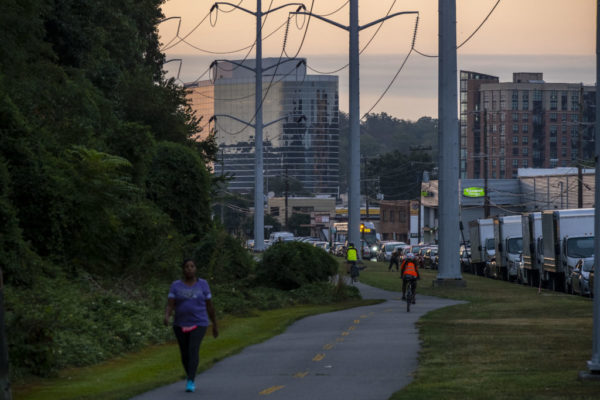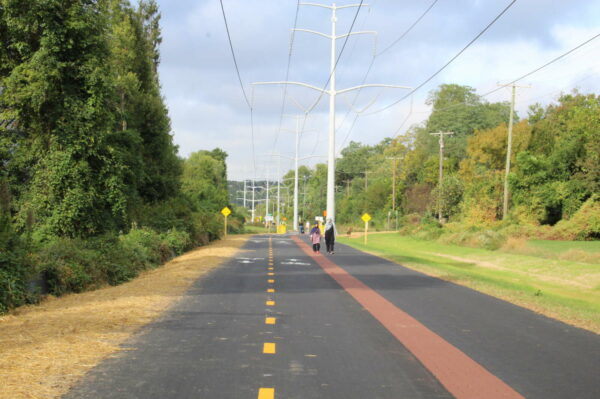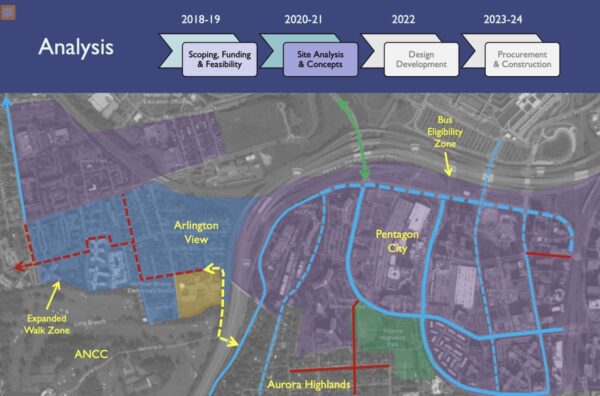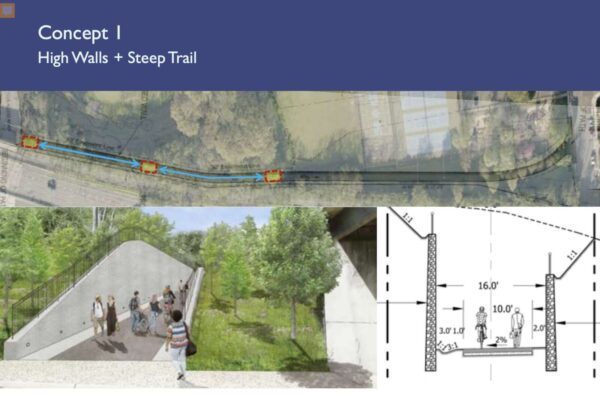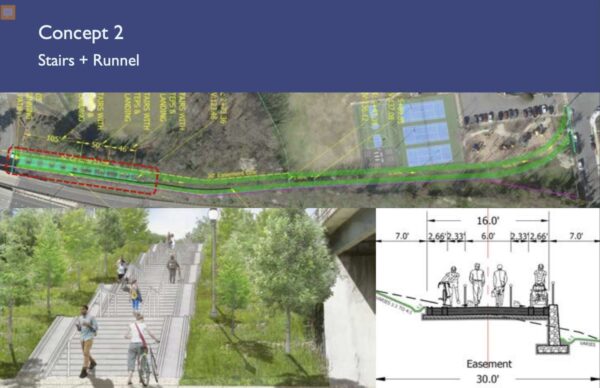Update on 12/5/23: The suspect, now officially identified as James Yoo, is presumed dead following the explosion, police say.
(Updated at 11:30 p.m.) A large explosion, heard throughout Arlington, has rocked the Bluemont neighborhood after a police standoff.
A duplex, where a suspect was involved in an ongoing incident with police, exploded in a massive fireball as police, including a SWAT armored vehicle, moved in. It followed the suspect repeatedly firing a flare gun over nearby Fields Park.
Residents in the area were being instructed to shelter in place, while others were evacuated by police.
Arlington County police said the person inside the house fired shots as officers tried to enter the home, just before the explosion. A video, below, shows the explosion (the video contains strong language and disturbing imagery.)
“As officers were attempting to execute a search warrant at the residence, the suspect discharged several rounds inside the home,” said ACPD. “Subsequently, an explosion occurred at the residence and officers continue to investigate the circumstances of the explosion.”
“I think it blew up the entire duplex,” one neighbor told ARLnow in the immediate aftermath. “I’m sure the family next door was evacuated before it blew up but they lost their home.”
Firefighters were still working to extinguish small residual fires from the resulting blaze as of 11:30 p.m., three hours after the explosion. Investigators — including from the federal Bureau of Alcohol, Tobacco, Firearms and Explosives — are on scene.
Paramedics were initially told to expect “multiple burn patients” after the explosion, but police said around 9:30 p.m. that officers on scene only “reported minor injuries with no one transported to the hospital.”
Numerous residents described the shock of the huge blast to ARLnow.
One said the explosion “literally shook my bed” and described an “acrid stench” afterward.
Another said he was in the shower at the time.
“It shook my entire house and I didn’t know what it was at first,” said Dave Tran. “So I ran outside and I saw… the entire house was just leveled.”
Alex Wilson, the neighbor who took the video seen above — and shared worldwide on social media tonight — told ARLnow that the resident of the home was firing a rifle at police as they used the SWAT vehicle to try to get inside.
“When they rammed the front door he started firing an AR back at them,” he said. Wilson said he saw at least one officer injured following the explosion.
“He was able to walk but he was like holding his head,” said Wilson.


